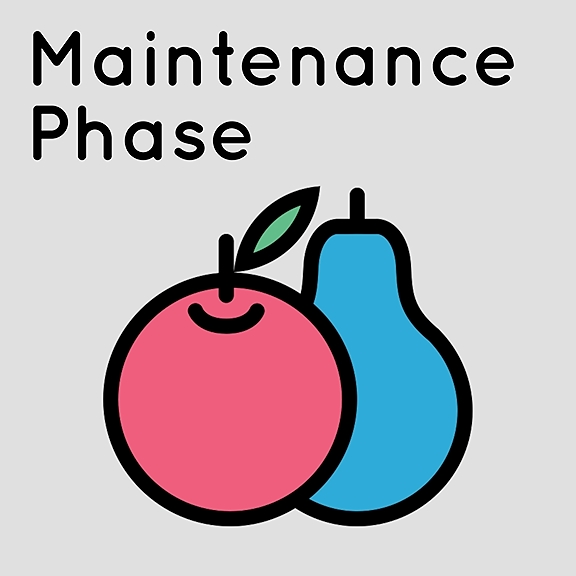
The Bone-Heart-Brain Axis in the Risk for Alzheimer’s Disease and Dementia – Part 2
Episode #22—Where We Left Off
I’ll begin this episode by sharing an excerpt of the primary outcome from study #1 that I reviewed in part #1—#22—of this two part episode series.
In that study, the authors found “a positive association between OC [plasma osteocalcin levels] and working memory capacity, executive functioning and global cognition scores.”
Study #2—Excerpt
The authors of study #2 remarked “we observed that in both older adults with osteopenia and older adults with AD [Alzheimer’s disease] as compared to cognitively normal participants, BMD [bone mass density] values were lower and were associated with the severity of cognitive impairments.”
And, "that BMD could identify AD participants with high accuracy”.
Study #3 —Excerpt
Bone loss biomarkers were analyzed, and a key DEXA scan (dual-energy X-ray ) finding from the study revealed that: a lower bone mineral density is closely associated with early-stage AD in male patients.
Study #4—Excerpt
In the review of study #4 of this two-part episode series, analysis of data drawn from 3,651 participants from a sub-study of the Rotterdam Study found that the participants that had a lower BMD [bone mineral density] had a twofold higher risk over those with a higher BMD of developing dementia.
Lastly, in episode #22, I quoted the lead author of the 2016 study, Christine Dengler-Crish, who stated “Measurement of bone density, which is routinely performed in the clinic, could serve as a useful biomarker for assessing AD risk in our aging population.”
Gut-Bone-Brain Axis—Excerpt
A significant body of research that has amassed over the past 20 years and more, and several key and recent studies have shown that the gut microbiota and the short-chain fatty acids (SCFAs), such as butyrate that are metabolized from fiber (resistant starches) fermentation play a role in regulating bone homeostasis (bone resorption and formation).
A very recent study concluded that “Our findings indicated that there were remarkable changes in gut bacteria, fungi, and fecal metabolites in postmenopausal women, and such changes were notably correlated with patients’ BMD (bone mass density) and clinical findings.”
Estrogen in the Bone-Brain Axis—Excerpt
Estrogen—RANKL-RANK Pathway
I’ll now close out this episode with a review of a couple of key risk factors linked to estrogen, and how it all fits into the bone-brain axis.
Akey pathway in which estrogen modulates bone remodeling is represented by a key regulatory factor in this bone remodeling phenomena—the receptor activator of Nf-kB—or its acronym—RANK.
Estrogen is a critical yin regulator of inflammation associated with osteoporosis and many other health conditions in a women’s body and brain.
Estrogen’s regulatory effect on inflammation—a yin force— counters and naturally buffers the inflammation pathway of RANKL and RANK—the yang element in this duality.
Tune in to hear the rest of the details and episode!
Thanks, and God Bless!
Ralph Sanchez, MTCM, CNS, D.Hom
BrainDefend®
www.TheAlzheimersSolution.com
https://www.facebook.com/TheAlzheimersSolution
https://www.linkedin.com/in/ralph-sanchez
https://www.instagram.com/alzheimers_solution




















